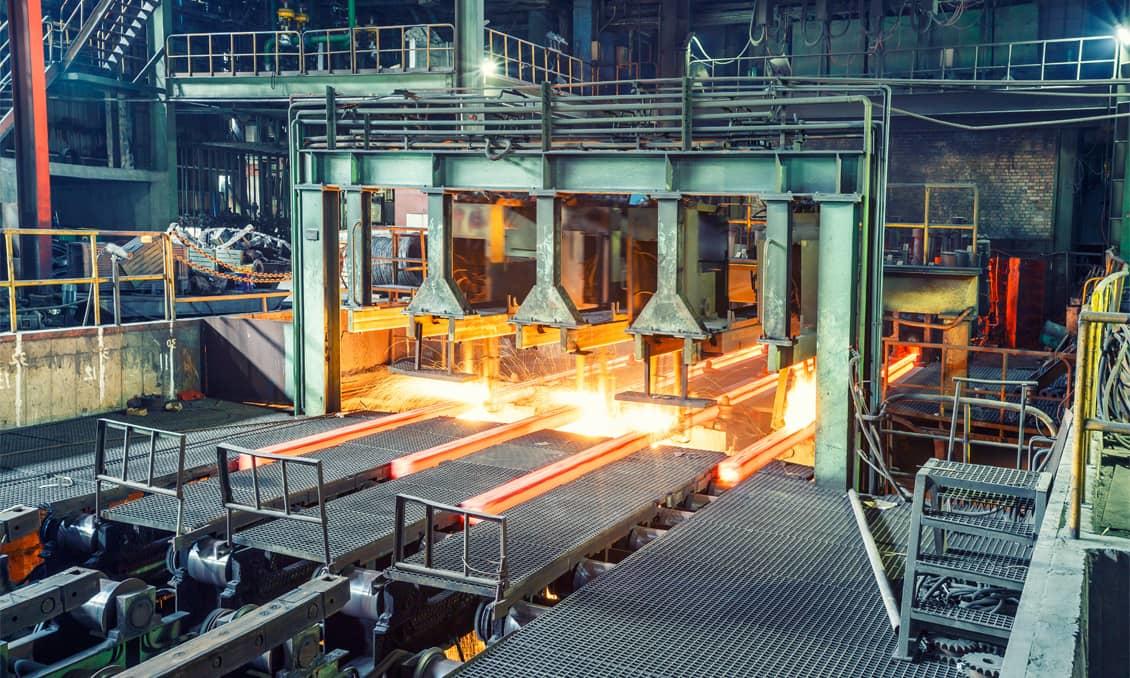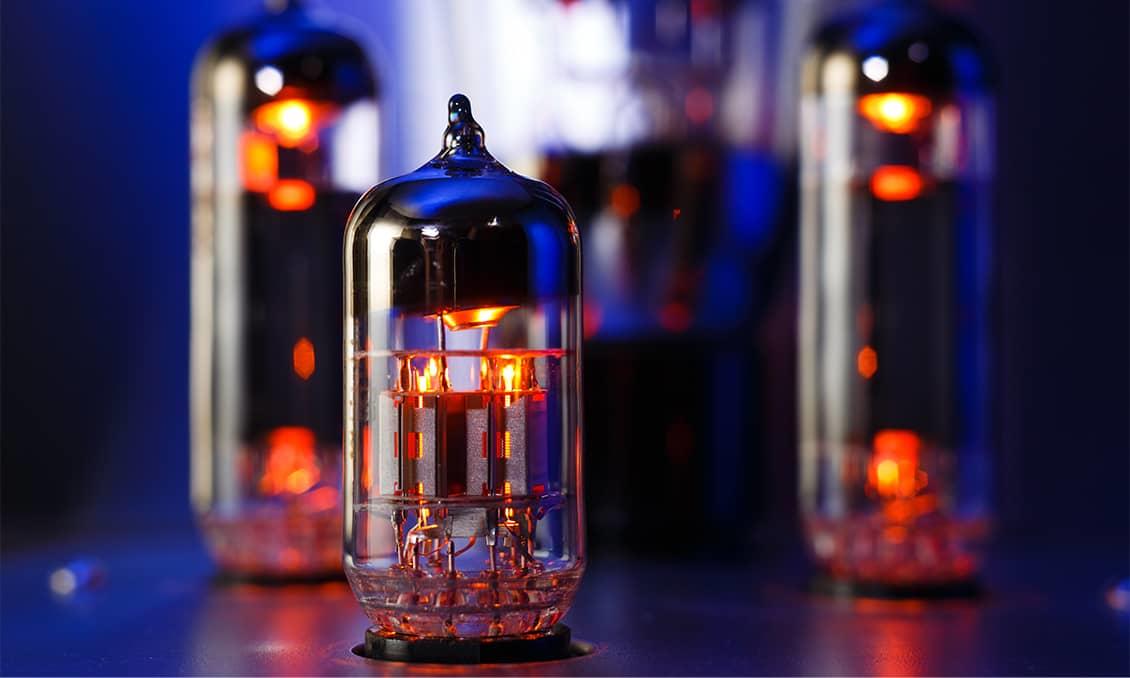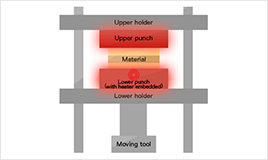
Ceramic Properties
Thermal Properties
Thermal Conductivity
The property that measures how easily heat is transmitted through a material is called thermal conductivity. For ceramics, factors such as internal porosity, grain boundaries and impurities can affect this property. Higher or lower levels of thermal conductivity can be attained in Fine Ceramic materials by controlling these factors. Thermal conduction is generated by the movement of electrons and the transfer of lattice vibrations. Metals with low electrical resistance and crystals in which lattice vibrations are transferred easily (for example, crystals with atoms or ions of similar masses at lattice points and covalent crystals with strong bonds) display high thermal conductivity.

| Thermal Conductivity W/(m・K) |
Material Name & Code | Features | |
|---|---|---|---|
|
High
Low
|
200 | Silicon CarbideSiC
SC1000
|
Lightweight, highly corrosion-resistant and excellent heat-resistant material. |
| 150 | Aluminum NitrideAlN
AN216A
|
It's a material with high thermal conductivity and electrical insulation. | |
| 42 | SapphireAl2O3
SA100
|
It's a single crystal of alumina, a transparent material. | |
| 29 | AluminaAl2O3
AO479O(99%Alumina)
|
It is a widely used material with high electrical insulation and mechanical strength. | |
| 27 | Silicon NitrideSi3N4
SN240O
|
This material has excellent heat shock resistance and wear resistance, and has high strength even at high temperatures. | |
| 17 | CermetTiC,TiN
TC030O
|
It is a composite material of TiC or TiN and metal, and has excellent strength and wear resistance. | |
| 14 | YttriaY2O3
YO100A
|
This material has excellent corrosion resistance in a plasma environment. | |
| 5 |
Forsterite2MgO·SiO2
F1120O
|
Smooth surface and excellent insulation at high temperature. | |
| 4 | Cordierite2MgO·2Al2O3·5SiO2
CO220O
|
This material has a very low coefficient of thermal expansion and has a small size change due to temperature change. | |
| 3 | ZirconiaZrO2
ZO201N
|
It is a material with high strength and fracture toughness. | |
| 2 |
SteatiteMgO·SiO2
SO210O
|
This material has excellent electrical and mechanical characteristics. | |
















